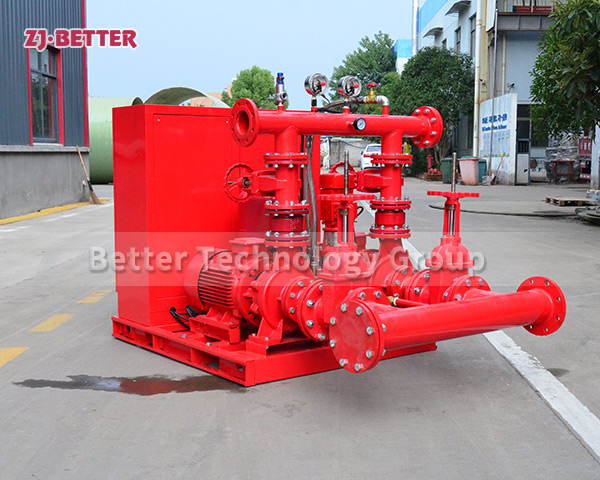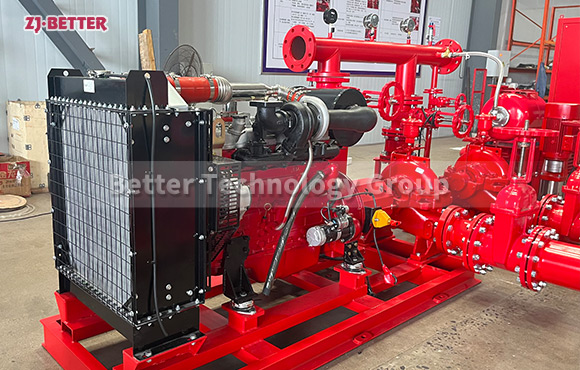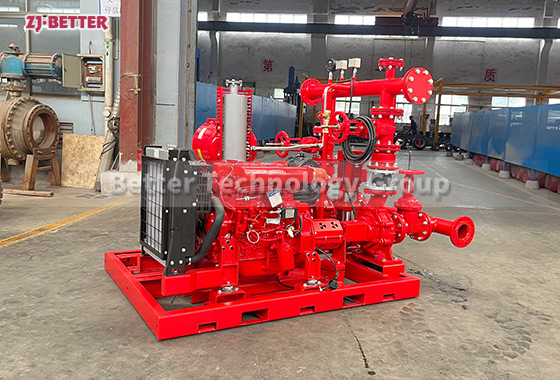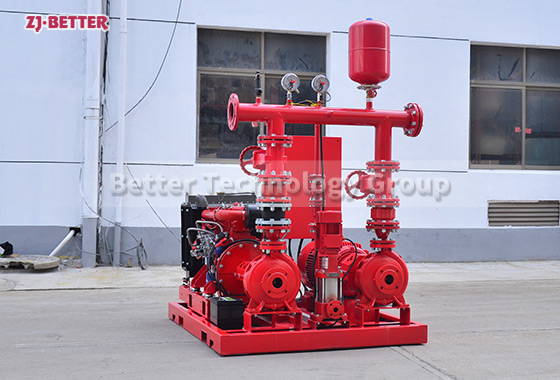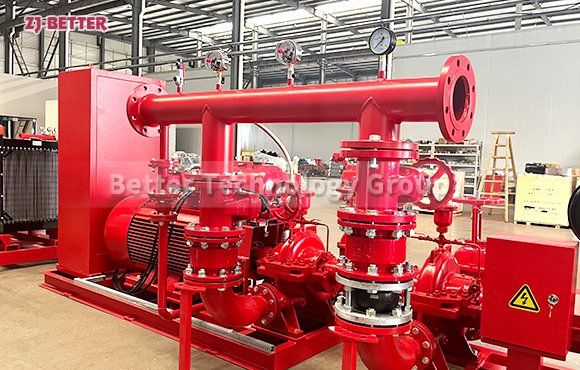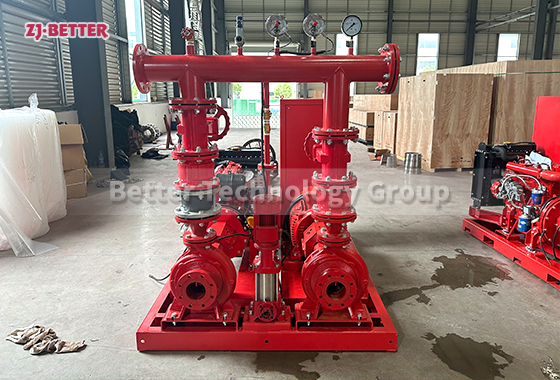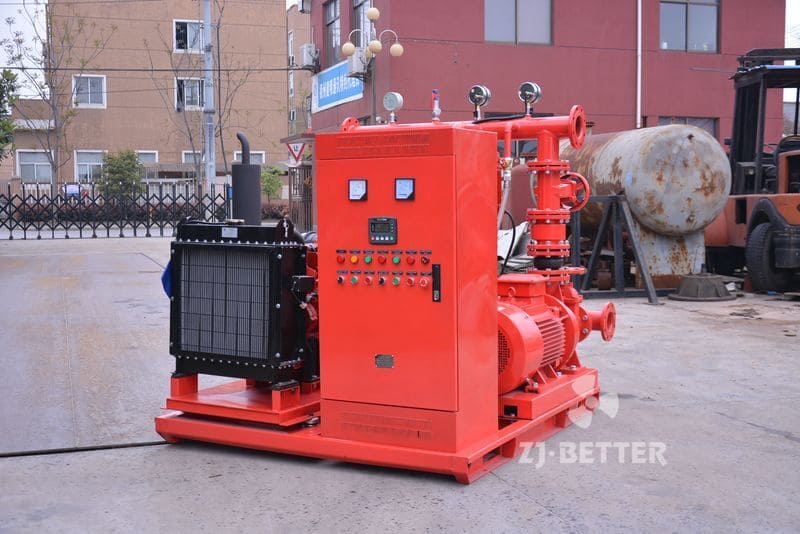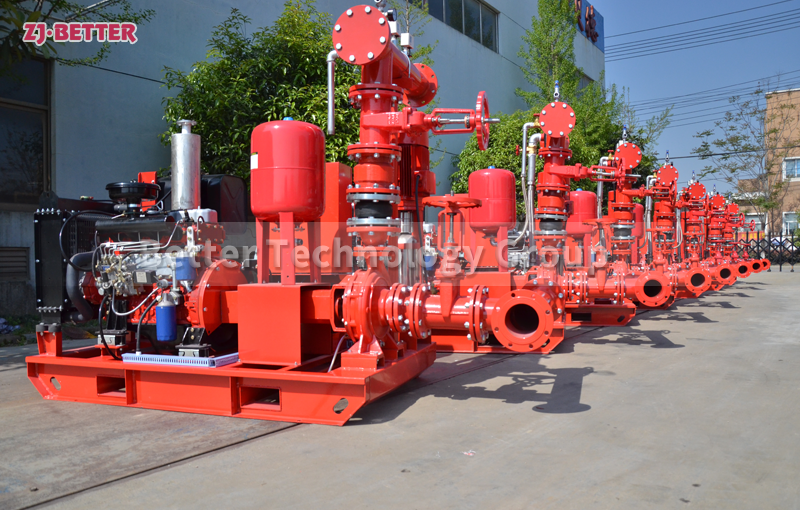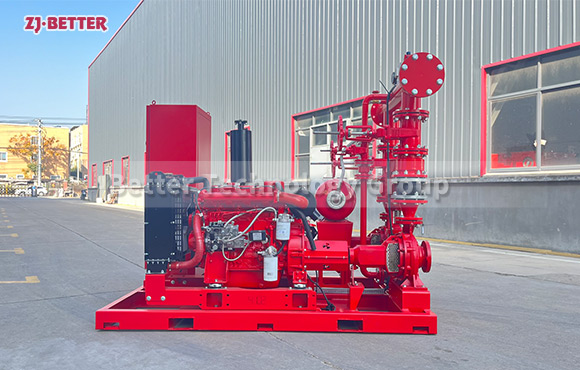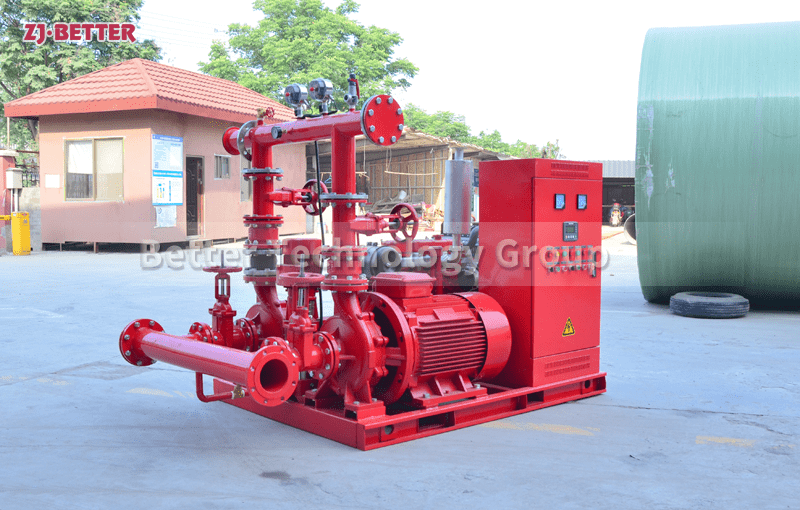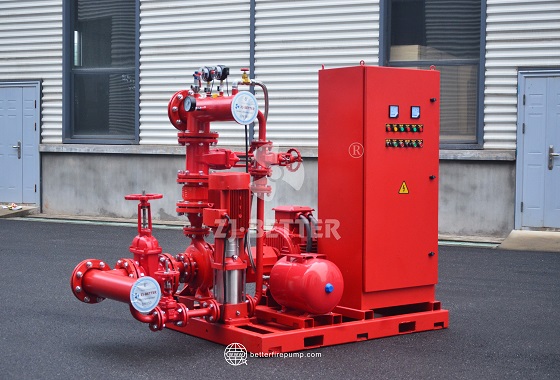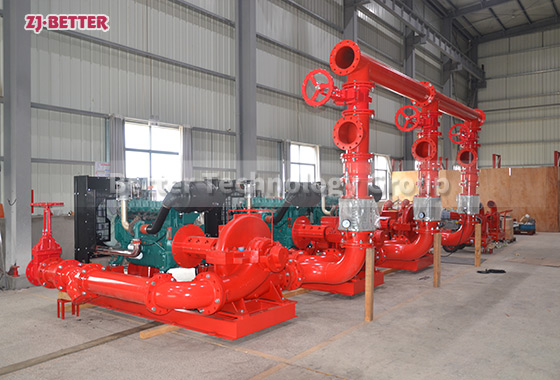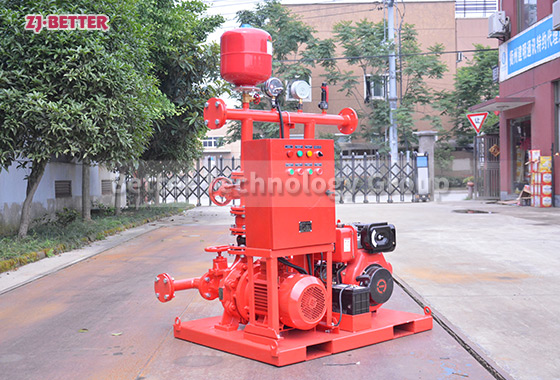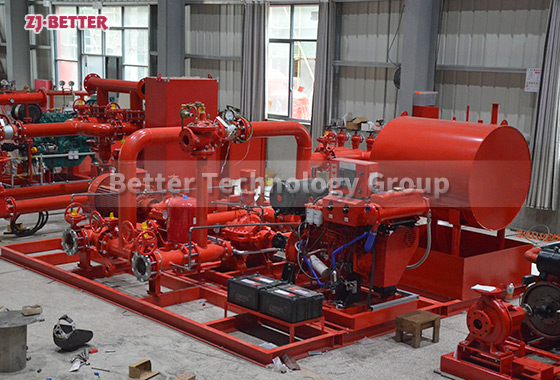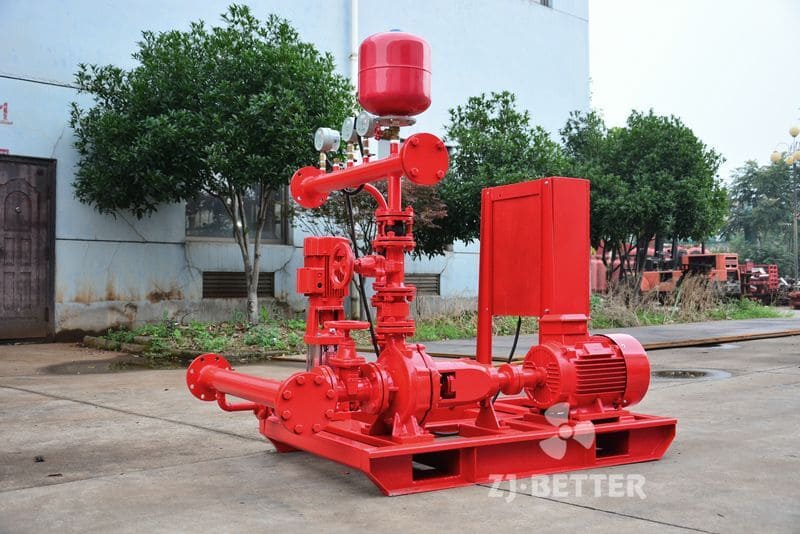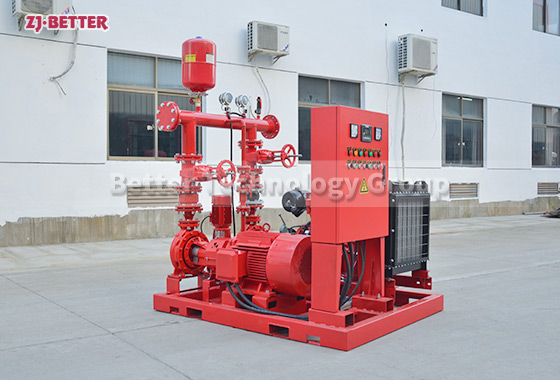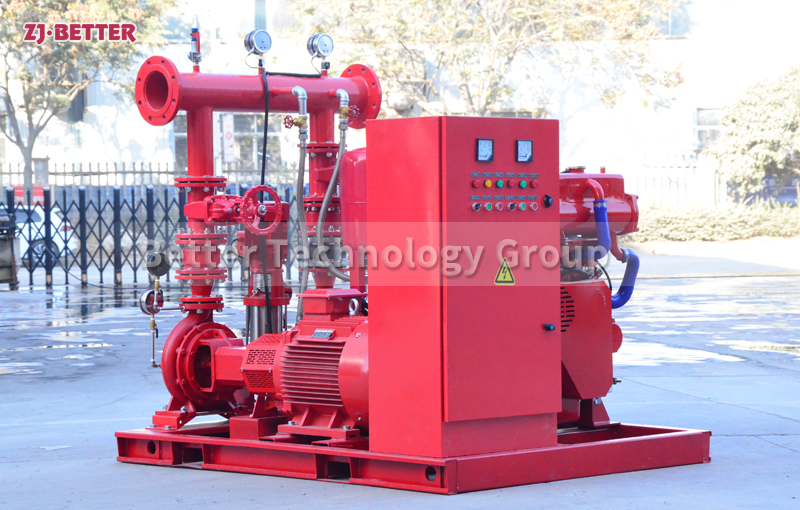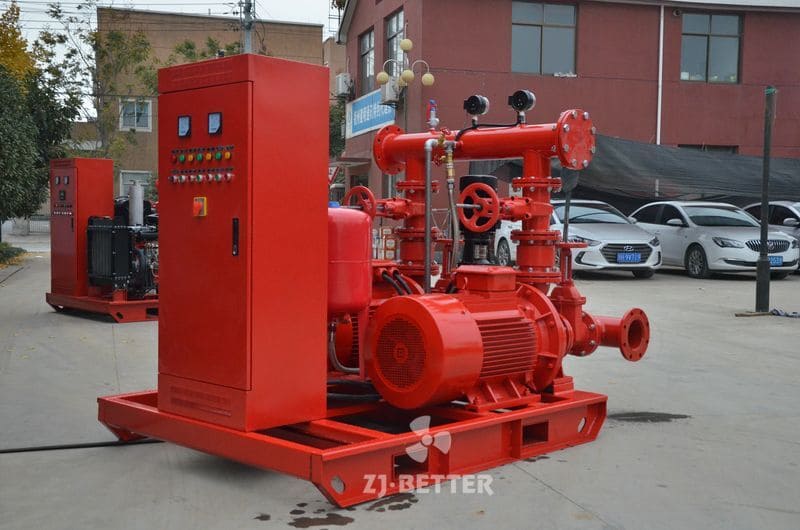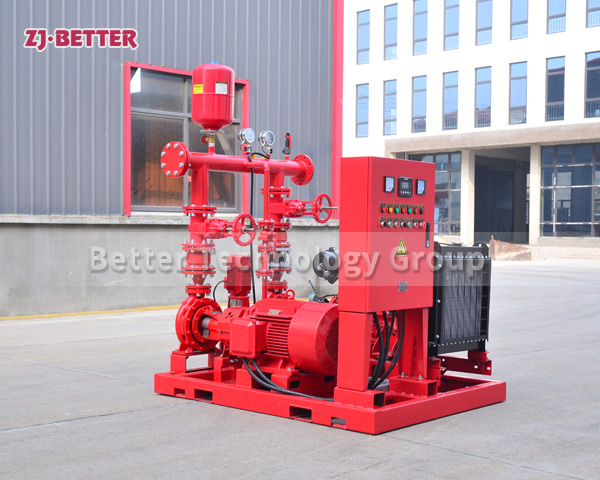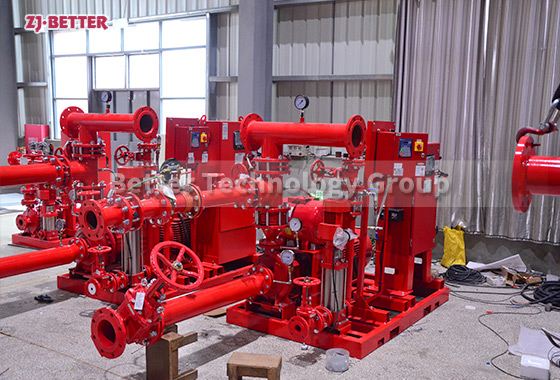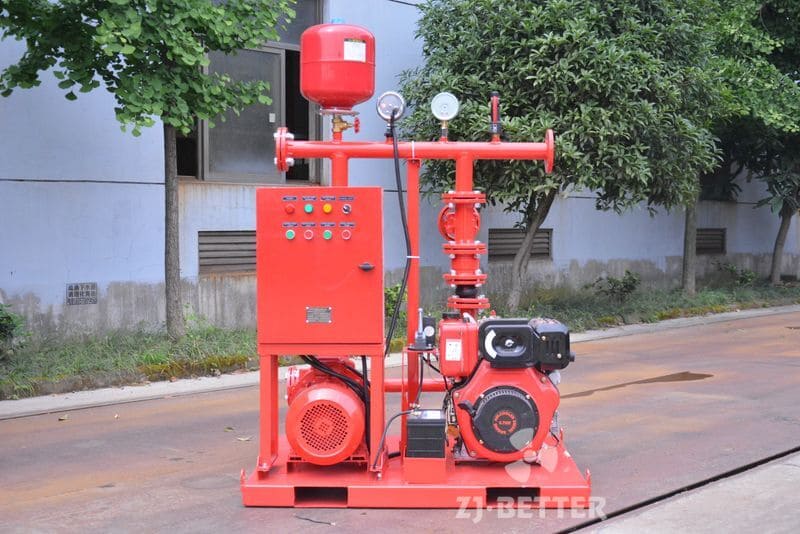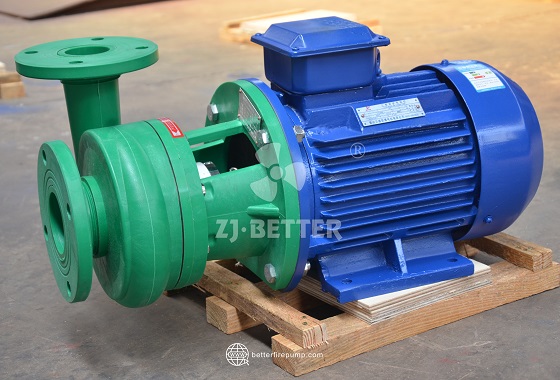Fire pumps are widely used in our production and life
Fire pumps are widely used in our production and life, such as in water treatment, fire safety and other departments. After the reform and opening up, it is widely used in life and production due to its characteristics of complete sealing, no leakage, and corrosion resistance.
In people’s common sense, the fire pump is mainly used for water delivery in the fire system. As an indispensable tool for the fire system, the fire pump has the characteristics of simple structure and stable performance. It is indeed very high, precisely because of these advantages of high performance and low energy consumption, the safety and efficiency of the fire pump are far ahead of the pipeline tools of the same purpose.
The application of fire pumps is not only in fire protection systems, but a variety of fire pumps are gradually showing their superior strength in industrial production and urban construction. This includes the implementation and expansion of high-end technologies for industrial and urban water supply and drainage, and high-rise building underpressure water delivery.

